By employing a "flypaper trap" through the sticky glands found on its leaves, this cape sundew plant is able to capture two dragonflies. After prey land on the plant, the other tentacles move to further trap the prey. The plant is then able to digest its prey through enzymes also found on the glands.
As insects enter the cobra-like pitcher of the plant, they get trapped after getting tired-out from being unable to find an exit. From there, a community of bacteria (rather than digestive enzymes) break down the captured insects.
These plants trap their prey by using their underground root-like tubes. Known as the lobster-pot trap, prey easily enter the tubes, but are unable to exit. From there, the captured prey is moved upward where it is digested.
First, insects are seduced by its colourful lid. They are then tempted to move inside the pitcher by its nectar-producing glands. The bad news for the prey is that the waxy inner lining of the pitcher causes insects to slip and fall into the acidic, digestive fluid found at the bottom of the pitcher.
This lovely sundew plant attracts its prey through the flypaper trap mechanism.
As a rootless aquatic plant, the waterwheel is able to trap its prey similarly to the Venus fly trap. Through rapidly closing its traps, it's able to capture small aquatic prey.
Growing in nutrient poor soil, the dewy pine, unlike the sundew, is unable to move its tentacles to further trap prey. However, its sweet aroma, coupled with its sticky glands, attract and trap insects.
Found in both terrestrial and aquatic settings, the bladderwort plant traps its prey through a "bladder trap" mechanism. Simply put, after a partial vacuum is formed in the "bladder" of the plant, its able to suck its prey up to be digested.
Butterworts use their large, sticky, glandular leaves to trap their prey. However, its pretty flowers are held far from the sticky leaves so that it doesn't end up trapping potential pollinators.
The Venus flytrap is know for it's snap trap mechanism, which is triggered by the tiny hairs found inside the trap. After the trap is closed, it acts as a "stomach," where digestive enzymes are released by the lobes.
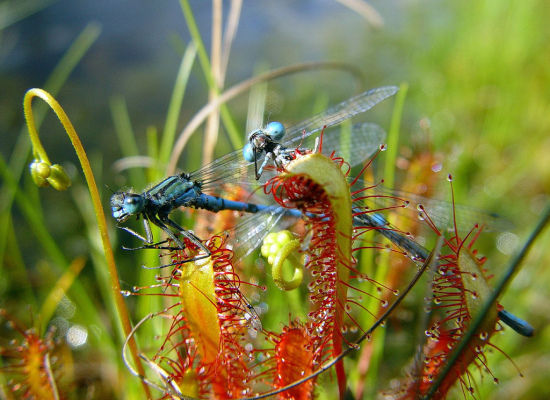
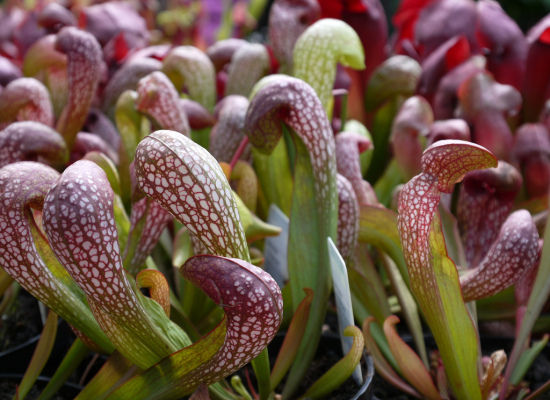

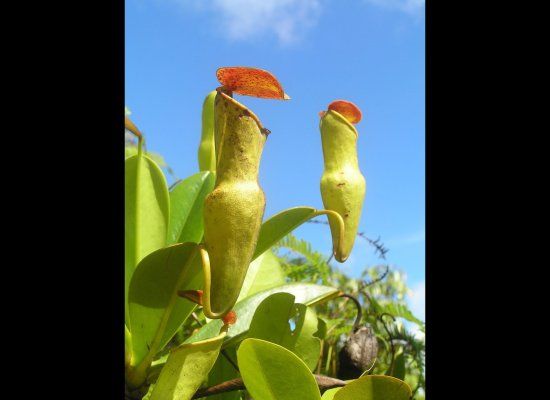
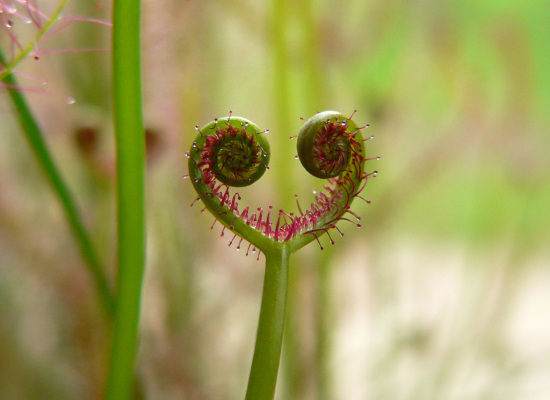
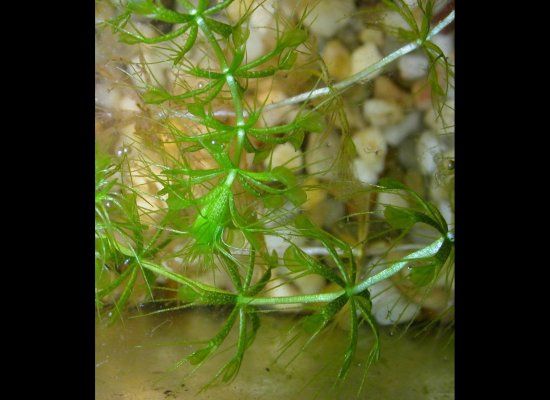
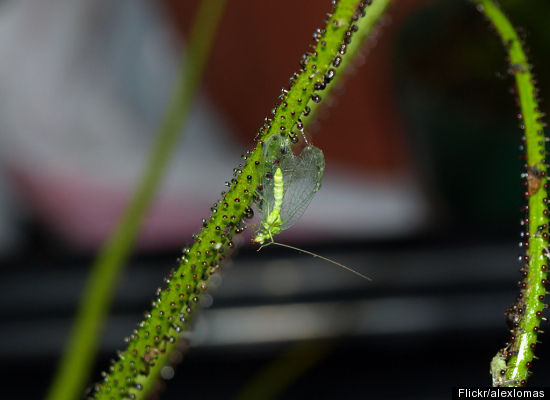



No comments:
Post a Comment